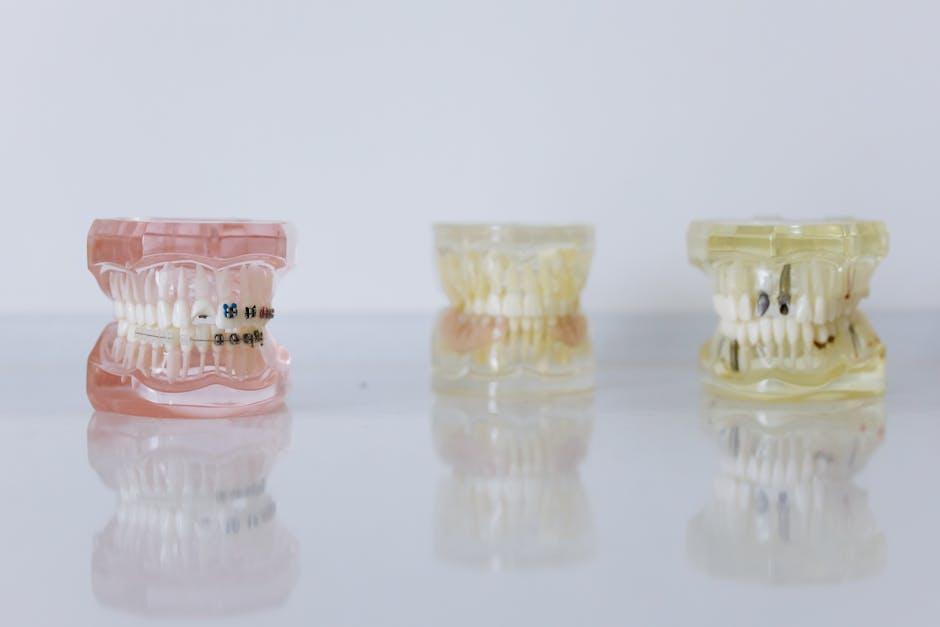
Adopting Substandard Military Preventive Dentistry Models is Not the Answer to Solving the Dental Hygiene Workforce Shortage
The dental hygiene workforce shortage is a growing concern across the healthcare industry, impacting access to quality dental care for millions. Some healthcare systems have suggested adopting military preventive dentistry models as a quick fix. However, these substandard military models fall short in addressing the underlying causes of the workforce gap and may even compromise dental care quality. In this article, we explore why subpar military preventive dentistry models aren’t the long-term solution and what practical strategies the dental industry can implement to effectively combat workforce shortages.
Understanding the Dental Hygiene Workforce Shortage
Before diving into why military preventive dentistry models are inadequate, it’s important to understand the scope and causes of the dental hygiene workforce shortage.
- Increasing demand for dental services: Aging populations, expanding Medicaid coverage, and heightened oral health awareness lead to more patients needing hygienist care.
- Limited training programs: Dental hygiene educational programs haven’t expanded proportionally with demand, restricting the number of qualified professionals.
- Attrition and burnout: High job stress and limited career pathways contribute to early departures from the hygiene workforce.
- Geographic disparities: Rural and underserved areas face even greater shortages due to recruitment and retention challenges.
What Are Military Preventive Dentistry Models?
Military preventive dentistry models were designed for rapid deployment and minimal-resource settings. They focus on streamlined protocols aimed at basic preventive and emergency services, often with less emphasis on comprehensive care or patient-centered communication.
While effective for specific military contexts, these models sometimes rely on less experienced personnel or abbreviated training and protocols that may not meet optimal community dental care standards.
Key Features of Military Preventive Dentistry Models:
- Focus on emergency and preventive care over restorative or complex treatments
- Use of para-dental staff for limited scopes of work
- Abbreviated clinical protocols to maximize throughput
- Minimal emphasis on patient education and personalized care
Why Adopting Substandard Military Models is Not a Sustainable Solution
Although tempting as a rapid remedy, importing military preventive dentistry models into civilian healthcare settings comes with several risks and drawbacks:
1. Compromising Quality of Care
Military models prioritize volume and speed, which may lead to overlooking thorough clinical evaluations, patient education, and long-term oral health planning. This compromises the quality of dental hygiene services and patient satisfaction.
2. Reduced Scope and Specialization
Substandard models often restrict dental hygienists to narrowly defined roles, preventing them from fully utilizing their training and expertise. This underutilization limits the profession’s ability to meet diverse oral healthcare needs.
3. Ineffective Long-Term Workforce Solutions
Addressing workforce shortages requires investment in education, job satisfaction, and retention strategies, not shortcuts through abbreviated models. Military models don’t tackle root causes like inadequate training infrastructure or workplace stress.
4. Potential Patient Safety Concerns
The use of less qualified personnel and rushed procedures increases the risk of errors and missed diagnoses, endangering patient safety and undermining public trust in dental hygiene professionals.
Proven Alternatives to Bridge the Workforce Gap
To truly resolve the dental hygiene workforce shortage without lowering care standards, the following evidence-based strategies are more effective.
- Expand and Enhance Dental Hygiene Education Programs: Increase program capacity and integrate advanced clinical training with soft skills development.
- Utilize Dental Hygienists to Full Scope: Empower hygienists through legislative changes and practice models that allow for autonomous preventive care and patient counseling.
- Improve Retention via Support and Career Pathways: Offer competitive salaries, professional development, and mental health support to reduce burnout and turnover.
- Invest in Teledentistry and Mobile Care: Use technology to extend reach, especially in underserved areas, reducing barriers to hygienist access.
- Foster Interprofessional Collaboration: Integrate dental hygiene services with broader healthcare teams for comprehensive patient care.
Case Study: Successful Dental Hygiene Workforce Expansion
The state of Washington’s Dental Hygienist Independent Practice Pilot Program illustrates a promising approach:
| Program Feature | Outcome |
|---|---|
| Independent hygiene practices authorized | Increased access in rural and underserved communities |
| Expanded career autonomy for hygienists | Improved job satisfaction and retention rates |
| Focus on preventive care with education | Better patient outcomes and reduced emergency visits |
Practical Tips for Dental Practices Facing Workforce Shortages
- Invest in Cross-Training: Train existing staff in adjunct roles to support hygienists and streamline workflow.
- Utilize Flexible Scheduling: Part-time, weekend, or telehealth shifts can attract a broader pool of professionals.
- Promote Continuing Education: Encourage skill-growth opportunities to boost morale and clinical proficiency.
- Enhance Recruitment Outreach: Build partnerships with local schools and community organizations to pipeline future hygienists.
- Leverage Technology: Adopt new dental hygiene software solutions to improve efficiency and patient management.
Conclusion
While the dental hygiene workforce shortage presents a significant challenge, adopting substandard military preventive dentistry models offers a flawed, short-term fix that risks compromising patient care and professional standards. Instead, dental organizations and policymakers should focus on sustainable, well-rounded approaches—expanding education, improving workplace conditions, empowering dental hygienists, and embracing innovative care models. By investing in the professional growth and well-being of dental hygienists, the dental industry can cultivate a resilient workforce capable of meeting growing oral healthcare needs with excellence.
For more expert insights and resources on dental hygiene workforce solutions, keep following Dentistry IQ.


